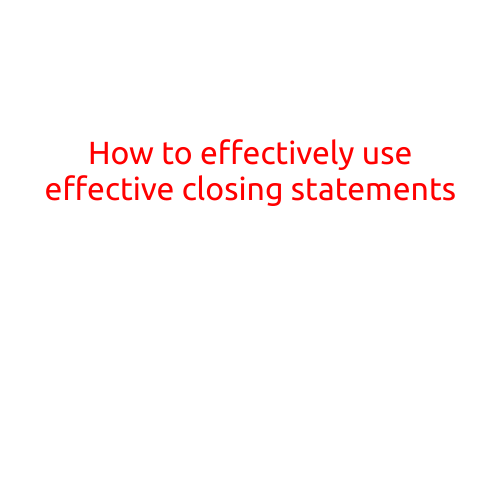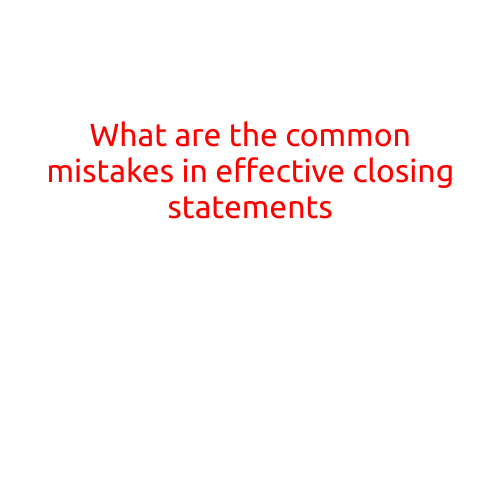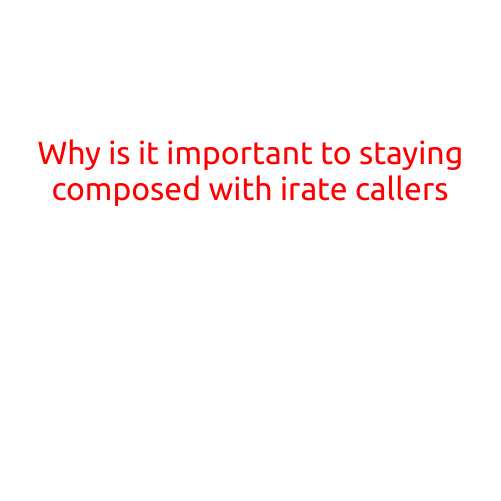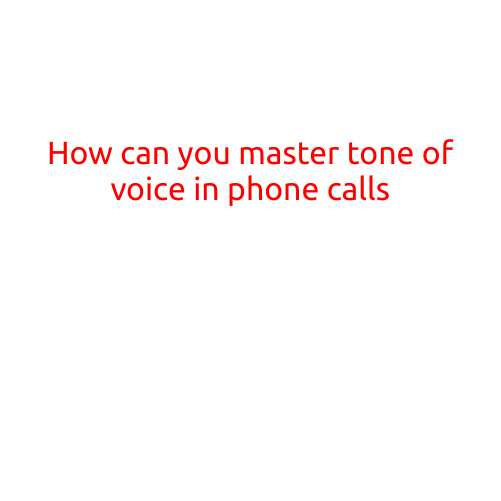
How to Effectively Use Effective Closing Statements
When it comes to making a lasting impression on your audience, a well-crafted closing statement can be the difference between success and mediocrity. A closing statement is the final thought or summary of your presentation, report, or speech, and it’s crucial to make it effective to leave a lasting impact on your listeners.
In this article, we will explore the importance of closing statements, provide tips on how to craft effective closing statements, and offer examples of what to avoid. By the end of this article, you’ll be equipped with the knowledge to create a closing statement that will linger in your audience’s minds long after you’ve finished speaking.
The Importance of Closing Statements
A closing statement serves several purposes:
- Reinforces the message: A well-crafted closing statement reinforces the key takeaways and main message of your presentation, ensuring that your audience remembers the most important points.
- Provides a sense of closure: A closing statement provides a sense of closure, leaving your audience with a lasting impression and a clear understanding of what they’ve learned.
- Encourages action: A powerful closing statement can encourage your audience to take action or think critically about the information presented.
Tips for Crafting Effective Closing Statements
- Keep it concise: Keep your closing statement brief and to the point. Aim for 1-2 minutes maximum.
- Summarize the main message: Briefly summarize the main message of your presentation, report, or speech.
- Use a strong call-to-action: Encourage your audience to take action or think critically about the information presented.
- Make it emotional: Use a personal anecdote, a powerful quote, or a thought-provoking question to make your closing statement more memorable.
- Use rhetorical devices: Use rhetorical devices such as metaphors, analogies, or wordplay to make your closing statement more engaging and memorable.
- Practice, practice, practice: Practice your closing statement several times to ensure it feels natural and authentic.
Examples of Effective Closing Statements
- “As we conclude this presentation, I want to leave you with a thought. How can we use this information to make a positive impact on our community?”
- “In conclusion, I urge you to take the first step towards achieving your goals. Remember, success is just a decision away.”
- “As we close our report, I want to emphasize the importance of transparency and accountability. Let’s commit to making a difference together.”
What to Avoid
- Don’t repeat yourself: Avoid repeating information that was already covered in your presentation.
- Don’t be too generic: Avoid using generic closing statements that apply to any situation.
- Don’t rush: Avoid rushing through your closing statement or glossing over the most important points.
- Don’t be too vague: Avoid using vague language or concepts that may confuse your audience.
By following these tips and avoiding common pitfalls, you can create a closing statement that will leave a lasting impression on your audience. Remember, a well-crafted closing statement is essential for reinforcing your message, providing a sense of closure, and encouraging action. With practice and patience, you can master the art of crafting effective closing statements that will enhance your presentations and leave a lasting impact on your audience.





